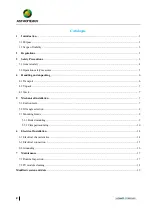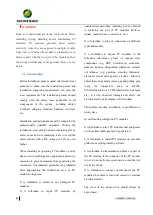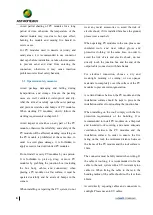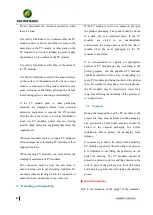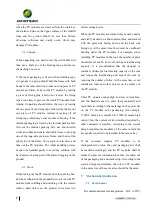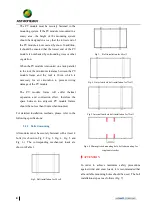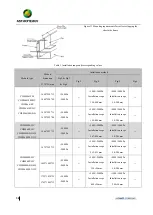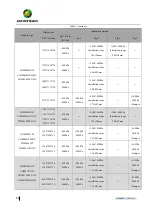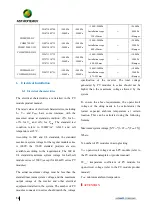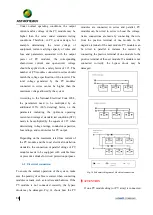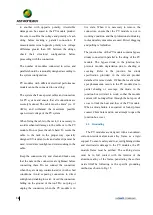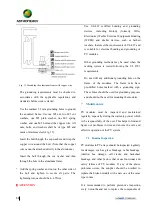
3
1
Introduction
We appreciate for your trust and confidence towards
the photovoltaic (PV) module products manufactured
by Chint Solar.
Please
read all instructions and the electrical and
mechanical requirements in this manual carefully
before installation. Specialized skills are required for
installing and operating PV modules, and only
professionals are capable to perform this task. All
safety precautions in this manual shall be strictly
observed during installation, and the manual shall be
properly kept for further reference. The installer must
inform the end customer (or consumer) accordingly.
1.1
Purpose
This document provides detailed instructions and
safety precautions regarding the installation, electrical
connection, and maintenance of following PV modules
manufactured by Chint Solar:
CHSM6610M
CHSM6610M(BL)
CHSM6610M/HV
CHSM60M-HC
CHSM60M(BL)-HC
CHSM6610P
CHSM6610P/HV
CHSM60P-HC
CHSM6612M
CHSM6612M/HV
CHSM72M-HC
CHSM60M/LV-HC
CHSM6612P
CHSM6612P/HV
CHSM72P-HC
CHSM72M/LV-HC
CHSM72M(BL)-HC
CHSM66M-HC
CHSM66M/LV-HC
CHSM54M-HC
CHSM54M/LV-HC
CHSM54M(BL)-HC
1.2
Scope of liability
No warranty expressed or implied is made with regard
to any information in this manual because how this
manual is complied with is beyond the control of Chint
Solar. Chint shall not be liable for any form of loss,
including but not limited to loss, damage, casualty or
additional cost caused by improper installation,
operation, use and maintenance of PV modules and
systems.
Chint Solar reserves the right to update this manual
without prior notice. In case of any inconsistency
between the description of different language versions
of this manual, the Chinese version shall prevail.
2
Regulations
The mechanical installation and electrical connection
of PV systems should be performed in accordance with
local laws, regulations and corresponding international
and domestic standards including electrical codes,
building codes and electrical connection requirements.
Such requirements may vary from different mounting
location, e.g. rooftop system and floating systems.
Requirements may also vary with system voltage and
for DC/AC applications. Please contact local
authorities for detailed governing regulations.
3
Safety Precautions
Chint Solar’s modules are designed to meet the
requirements of IEC61215 and IEC61730, and they
have been qualified for Application Class A
(equivalent to Safety Class II requirements).
Modules can be applied to publicly accessible
systems operating at greater than 50V DC or 240W.
The module design complies with IEC61730 and
UL61730 standards and meets Class C fire rating
(IEC61730), type 4 fire rating (UL61730).


